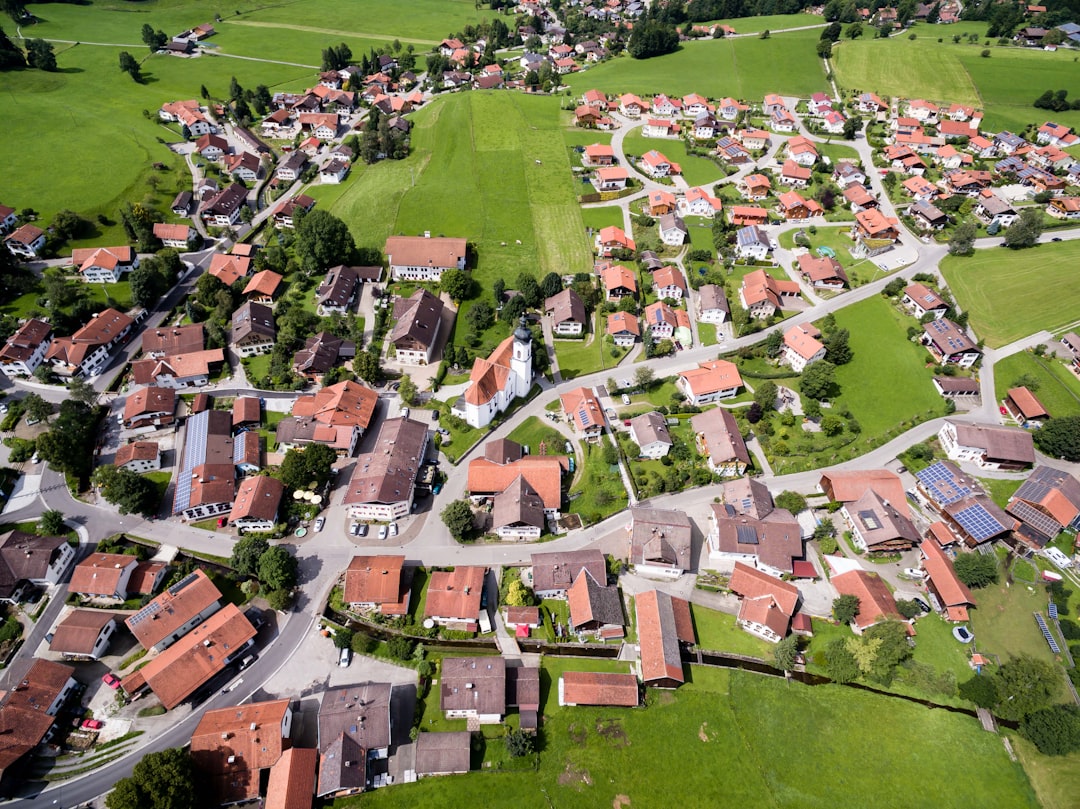What is it about?
In a groundbreaking development, researchers have turned to machine learning (ML) to revolutionize the process of soil classification, a vital step in the construction of the new Gayrettepe–Istanbul Airport metro line. Traditionally, soil classification has been a labor-intensive and costly process, requiring extensive laboratory tests. However, the innovative application of ML is set to change this landscape. The project analyzed a dataset comprising 805 soil samples collected from soil drillings along the new metro line. This endeavor faced significant challenges, including missing data and class imbalance in the dataset. To tackle these issues, researchers first employed advanced data imputation techniques. After testing different methods, the KNN imputer was chosen for its effectiveness in handling missing data. To address the issue of class imbalance, the team utilized the Synthetic Minority Oversampling Technique (SMOTE), a novel approach in this field. This technique effectively balanced the dataset, setting the stage for the next phase of the study.
Featured Image

Photo by CHUTTERSNAP on Unsplash
Why is it important?
In a departure from previous research, the team tested a series of cutting-edge ML algorithms, with a focus on new gradient-boosting methods such as XGBoost, LightGBM, and CatBoost. These methods had not been extensively used in soil classification before. The results were remarkable. Through the application of these algorithms and 10-fold cross-validation, the study achieved classification accuracy rates of over 90%, marking a significant improvement over previous methods. This breakthrough not only demonstrates the potential of ML in soil classification but also sets a precedent for its application in other areas of construction and engineering. The success of this project is a testament to the power of combining traditional engineering practices with modern technological advances. As the new Gayrettepe–Istanbul Airport metro line progresses, it stands as a shining example of innovation in urban development.
Perspectives
As a scientist, the application of machine learning in soil classification, as demonstrated in the Gayrettepe–Istanbul Airport metro line project, is a remarkable breakthrough. Traditionally, soil classification is a process that demands extensive manual labor and time, often leading to increased costs and extended project timelines. However, by integrating machine learning techniques like XGBoost, LightGBM, and CatBoost, we're witnessing a significant shift in how we approach these challenges. What excites me the most is the potential for these methods to be applied beyond this specific project. The high classification accuracy rates of over 90% achieved in this study are not just a success for this project but a beacon for future applications in geotechnical engineering and other fields. It showcases how modern technology can effectively augment traditional engineering methods, leading to more efficient, accurate, and cost-effective solutions.
Ümit Işıkdağ
Mimar Sinan Guzel Sanatlar Universitesi
Read the Original
This page is a summary of: Use of Machine Learning Techniques in Soil Classification, Sustainability, January 2023, MDPI AG,
DOI: 10.3390/su15032374.
You can read the full text:
Contributors
The following have contributed to this page










